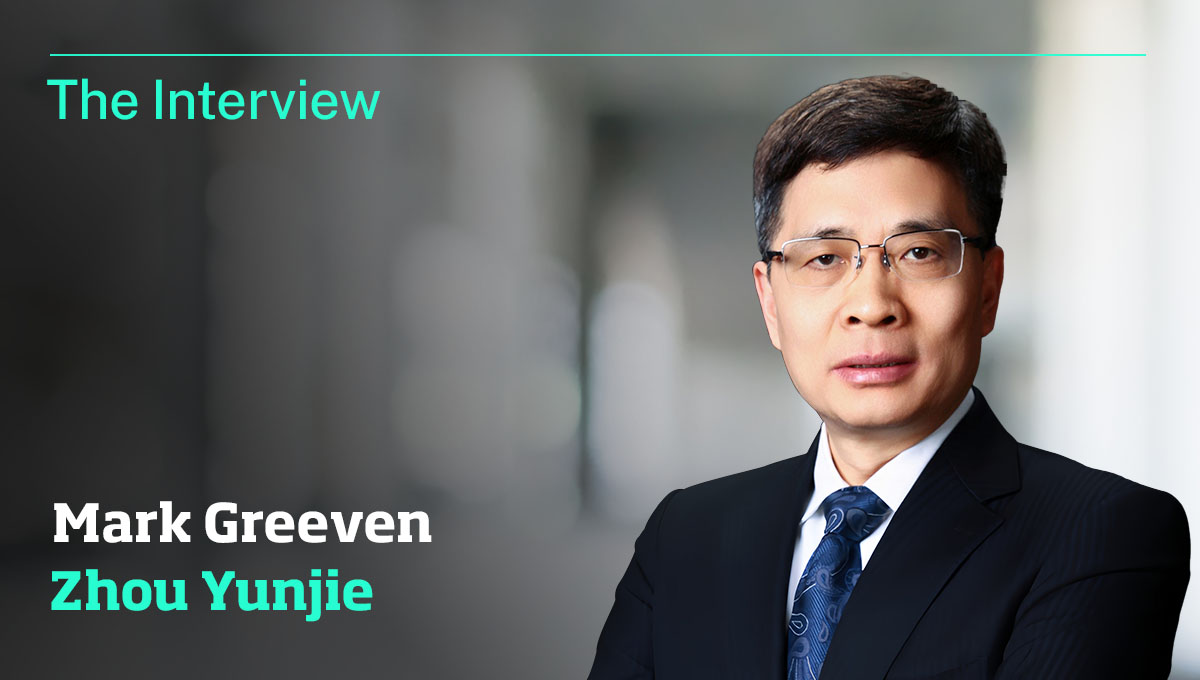
China’s reforms 40 years on: What’s next?
The Chinese economy was on the verge of collapse after a ten-year period of extreme chaos known as the Cultural Revolution which shook the country between 1966 and 1976. In May 1978, the Guangming Daily, a party mouthpiece, published a special commentator’s article entitled: “Practice is the only standard for testing truths,” which officially ushered in an age of reform and opening-up. 2018 marked the 40th anniversary of this important moment in modern Chinese history. Confucius once said: “at forty, one is no longer perplexed about the world around him”. The question remains: Is the rest of the world any less perplexed about China today?
Decade one: The beginning
During the first decade (1978-1988) of “reform and opening-up”, the steps that China took were decidedly cautious and tentative. There was much debate about what reform would mean and whether it would take China in the direction it needed to go. The most often recited motto from that period was: “wading across the stream by feeling the stones”. China and the United States established diplomatic relations on January 1st, 1979. Legislations regarding Sino-Foreign Equity Joint Ventures was passed that the same year. Notable foreign companies that lined up to invest in China included Panasonic, Sony, and Toshiba from Japan, as well as Volkswagen from Germany. China’s GDP was $USD 312.4 billion in 1988, a 270% increase from 1979.
Decade two: Bookended by crises
The second decade of the Reform Era in China was bookended with two crises, one political in 1989 and the other economic in 1998. The Tiananmen incident in summer of 1989 happened at a point when the Chinese themselves were unsure about the role of the market economy in a supposedly socialist nation. In the wake of international sanctions as a result of the Tiananmen crackdown, the number of private companies dropped from 200,000 to 90,600. Nevertheless, by the end of 1990, stock exchanges were established in Shanghai and Shenzhen. Supreme leader Deng Xiaoping, though at an advanced age by that time, declared in 1992 that Chinese reforms were on a path of no return; the number of private companies soared. That decade saw the emergence of a number of influential private businesses such as Lenovo and Huawei. Other notable enterprises established during that time period included the conglomerate Fosun, the insurer Taikang, and others. China’s GDP reached $USD 1.03 trillion in 1998, an increase of 230% over that of 1988.
Decade three: China becomes the factory of the world
By far the most significant development during the third decade of the Reform Era (1998-2008) was the ascension of China to the World Trade Organization (WTO) in December 2001. This afforded China the opportunity to become “factory of the world”. In the coastal city of Hangzhou, Jack Ma raised 500,000 RMB to establish Alibaba in 1999. In the same year, Tencent promoted the instant-messaging service in Shenzhen in southern China. China’s e-commerce market was ready to take off. At a GDP of $USD 4.6 trillion, China became the third largest economy in the world by 2008. The GDP grew by some 350% over the course of the decade.
Decade four: Facing global crises
The fourth decade (2008-2018) of the Reform Era got under way against amidst the severest global financial crisis since World War II. Partly due to its relatively insular banking system, the Chinese economy survived the crisis with a few bruises but not much more. A controversial stimulus package of 4 trillion yuan helped steady the economy during the global economic downturn. Housing prices surged in 2009 and the economy increasingly relied on the real estate sector. A little-known Chinese businessman named Li Shufu made a bid to acquire Volvo in the same year. Many other Chinese companies were also busy acquiring overseas assets. By 2018, China’s GDP stood at $USD 13.82 trillion, a jump of 160% compared to the previous decade and enough to put China within shouting distance of the USA (in terms of purchasing power. The Chinese economy was number one already).
Can growth continue?
After forty years of growth at dizzying speed, the Chinese economy is noticeably slowing down in recent years. Despite a partial relaxation in population control policies, the number of people in the working age group peaked in 2012 and the demographic dividend is disappearing. Further urbanization may yet bring growth opportunities but there are persistent worries regarding the elevated property prices and high levels of debt throughout the economy. What might be the new driving forces of China’s economy in the next decade? Will China be able to shed its old image of a technology follower and imitator and graduate to a bona fide innovator in the age of robotics and artificial intelligence? Will China be able to weather the brewing anti-globalization headwinds and other geopolitical challenges? Nobody has the proverbial crystal ball, but odds are that China will remain one of the top performers among the G20 countries, if its leaders commit to a set of policies that encourage competition from within and without.
Dr. Winter Nie is Professor of Management at IMD. She is the regional director of IMD Southeast Asia and Oceania.
This article was co-written with Yunfei Feng and James Wang
Research Information & Knowledge Hub for additional information on IMD publications

Geopolitical turmoil and its workforce impact demand a systems thinking approach from CHROs, argue IMD’s Katharina Lange and Simon Evenett.

China’s apparel sector in 2025 sees local brands rise and global players adapt amid digital, Research & Development, and innovation-led growth.

Explore how innovation, R&D, and policy reforms are reshaping China’s pharmaceutical sector amid rising healthcare demand and demographic shifts.

Stay ahead in a shifting global economy. Learn how to build resilient supply chains, manage currency risks, and adapt strategies for long-term business success.
It's a reversal of the situation: Chinese automaker BYD is offering to collaborate with former electric car pioneer Tesla. From drones to livestream trading to artificial intelligence: China is often ahead of the West.

Haier's CEO Zhou Yunjie explains how the company's innovative RenDanHeYi model empowers employees, drives global growth, and adapts to market changes.
On 12 March 2025, new and expanded tariffs on aluminium, steel, and downstream “derivative” products come into force. This briefing shows that derivative products alone represented $151 billion of imports in 2024, with 27 foreign economies each ha...
Trade conflict is costly to all parties. Canadian and Mexican trade retaliation can deny tariff-related wins for American workers. Blunt retaliation could go so far as to eliminate all the take-home pay gains in 40 U.S. states and make whatever ga...
The case explores TBC Bank Group’s remarkable journey from a small Georgian bank to a regional leader in digital financial services across Central Asia. Founded in 1992 with just US$500 in initial capital, TBC evolved into Georgia’s largest financ...
This paper presents a compact and intuitive framework that consolidates, simplifies, and extends results on the links between technology, trade, and labour market outcomes. It makes three main contributions. First, it presents closed-form solution...
Research Information & Knowledge Hub for additional information on IMD publications
Research Information & Knowledge Hub for additional information on IMD publications
Research Information & Knowledge Hub for additional information on IMD publications
Research Information & Knowledge Hub for additional information on IMD publications
Research Information & Knowledge Hub for additional information on IMD publications
Research Information & Knowledge Hub for additional information on IMD publications
Global Trade Alert, Zeitgeist Series Briefing no. 57, 6 March 2025
Research Information & Knowledge Hub for additional information on IMD publications
3 March 2025, Global Trade Alert Report, cBrief 5: These Are Your People
Research Information & Knowledge Hub for additional information on IMD publications
Research Information & Knowledge Hub for additional information on IMD publications
in Journal of International Economics 23 February 2025, ePub before print, 104065, https://doi.org/10.1016/j.jinteco.2025.104065
Research Information & Knowledge Hub for additional information on IMD publications

